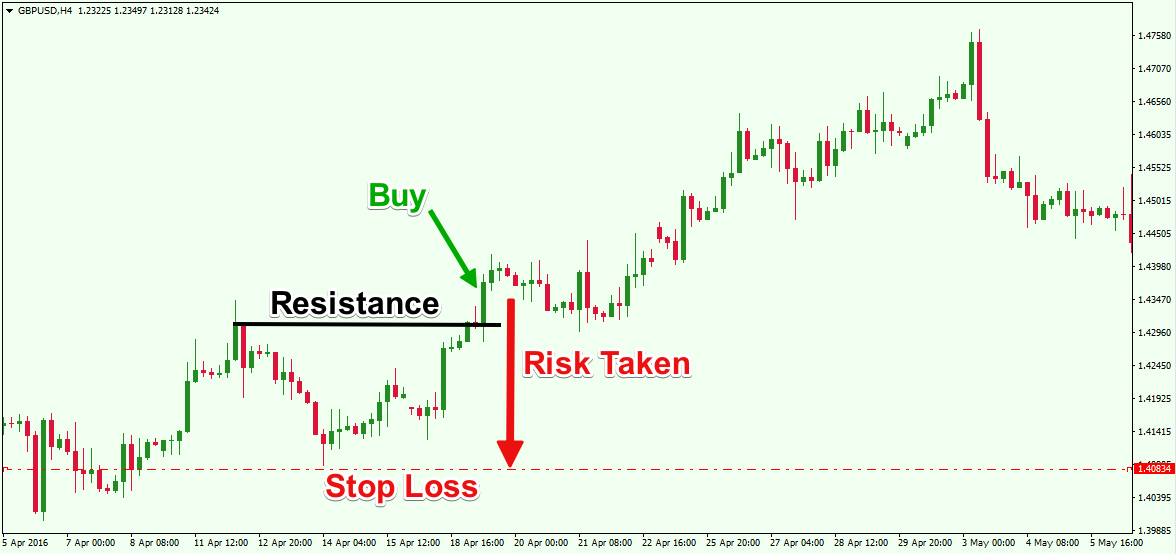Stop Losses – How to Use Stop Loss Orders Like a Pro
Why Stop Losses Matter (Especially for Beginners

📘 How to Use Stop Losses Like a Pro: Protect Your Trades, Maximize Your Edge
“The goal isn’t to be right all the time — it’s to stay in the game.”
Whether you’re trading momentum setups, swing plays, or penny stocks — using a stop-loss is one of the smartest decisions you can make.
✅ Start Here (What You’ll Learn)
- What a stop-loss order is (in plain English)
- Why every smart trader uses one
- How to set stop-loss levels with logic, not emotion
- Pro tips for minimizing losses and maximizing consistency
⚠️ Why Stop Losses Matter (Especially for Beginners)
A stop-loss is a predefined price where your trade will automatically exit to prevent a large loss.
Think of it as your financial seatbelt — it protects your capital and keeps you in the game long enough to win.
Without it, you’re trading blind. With it, you’re trading smart.
🧠 What Is a Stop-Loss Order?
A stop-loss order tells your broker to sell a stock if it hits a certain price below your entry.
Example:
You enter a stock at $10 and set a stop-loss at $9.
If the stock drops to $9, your position is automatically closed.
There are three common types:
- Hard Stop: A fixed price level.
- Trailing Stop: Adjusts as price moves in your favor.
- Mental Stop: Not recommended for beginners — too easy to break.
🎯 How to Set a Stop Loss (The Right Way)
Set your stop-loss based on:
- Chart support levels
- Candlestick structure
- Volume spikes
- Risk/reward ratios
🔢 Pro Rule of Thumb: Never risk more than 1–2% of your total account on a single trade.
🛠️ Tools to Use When Setting Stops
Use these for more precision:
- TradingView: Add horizontal lines to map support/resistance
- VWAP + EMAs: Stops below key trend indicators
- ATR (Average True Range): Dynamic stop-loss based on volatility
📎 External Reference:
Investopedia – Stop-Loss Basics
❌ Common Mistakes with Stop Losses
- Placing stops too tight (gets hit by noise)
- Moving your stop-loss once in the trade
- Not setting a stop-loss at all (hope is not a strategy)
“Traders don’t blow up from one bad trade. They blow up from holding losses too long.”
✅ How Pros Use Stop Losses
Here’s how smart traders do it:
- Set the stop before entering the trade
- Base it on structure, not gut feeling
- Respect it 100%, no matter what the chart “might” do
- Adjust it higher only after the trade moves in your favor
📚 Related Guides (Internal Links)
🚀 Want Help Setting Smarter Trades?
Here’s how to take the next step:
- 📈 Join Our Free Live Alerts
Get real-time trade setups sent directly to you. - 💬 Join Our Discord Community
Ask questions, get mentorship, and sharpen your edge.
The most consistent traders aren’t guessing. They’re planning.
🧠 Final Word: Stop Losses Are Your Survival Tool
Using stop-losses won’t make you rich — but they’ll keep you from going broke.
They protect your capital, force discipline, and give you confidence to take more setups without fear.
Respect your stop. Respect your plan. And keep trading like a pro.




